The sensor could improve crop yield by detecting changes in plant chlorophyll levels earlier and more precisely than existing methods.
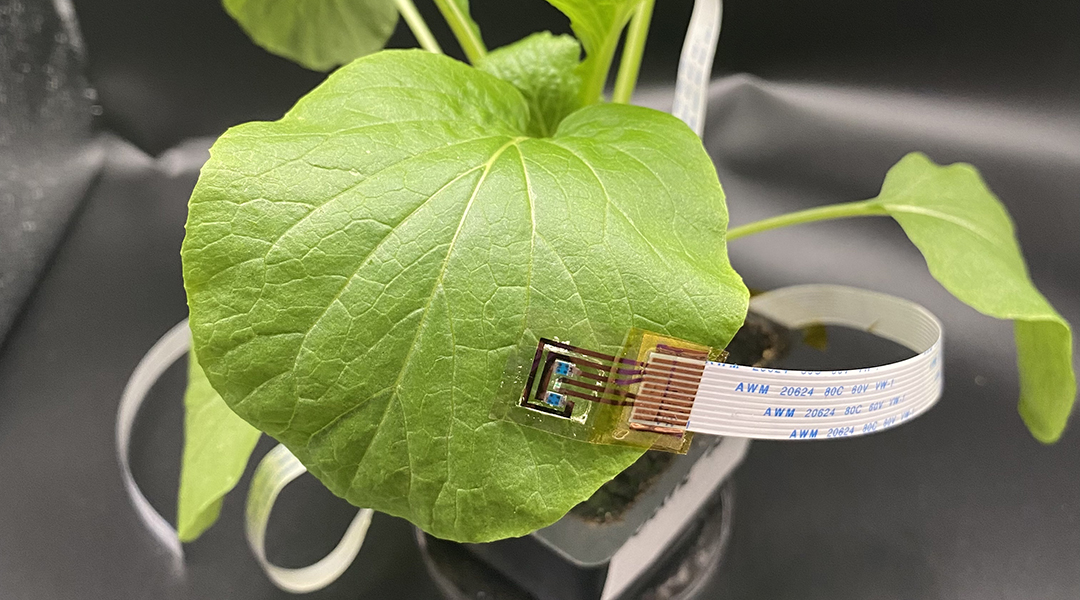

The sensor could improve crop yield by detecting changes in plant chlorophyll levels earlier and more precisely than existing methods.
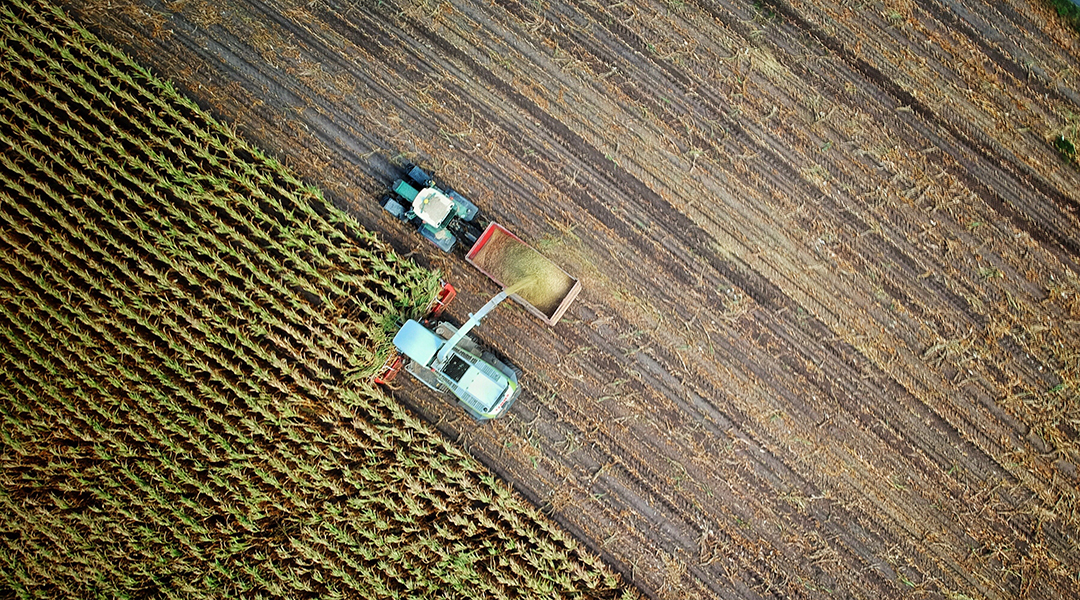
With innovations in biosensors, Internet of Things, and machine learning, a collective effort could offer a way to overcome an impending shortage.
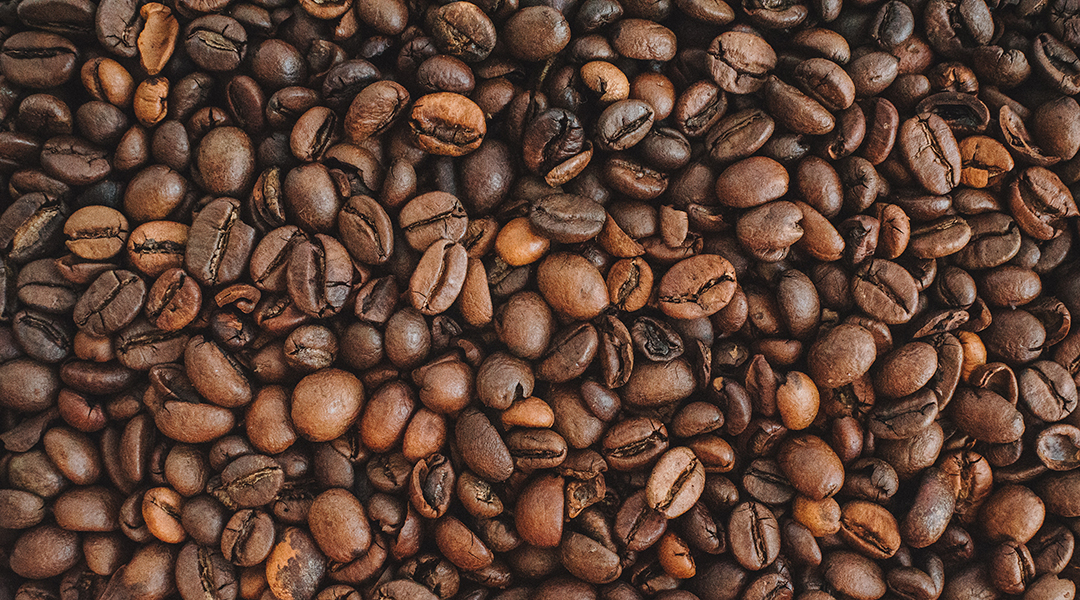
Scientists convert waste coffee husks into cellulose fibers and films with potential applications in textiles and biodegradable products.

This cost-effective solar evaporation device could supplant lengthy and expensive filtration systems normally used in wastewater treatment.
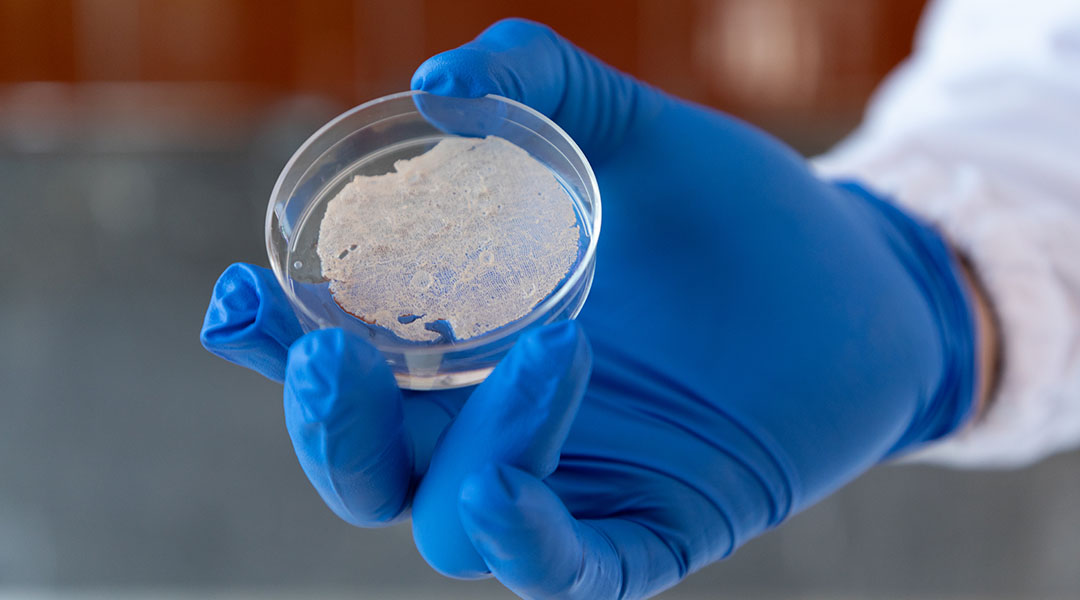
Using plant proteins derived from crop waste and spent grains adds new dimension to sustainable lab-grown meats.
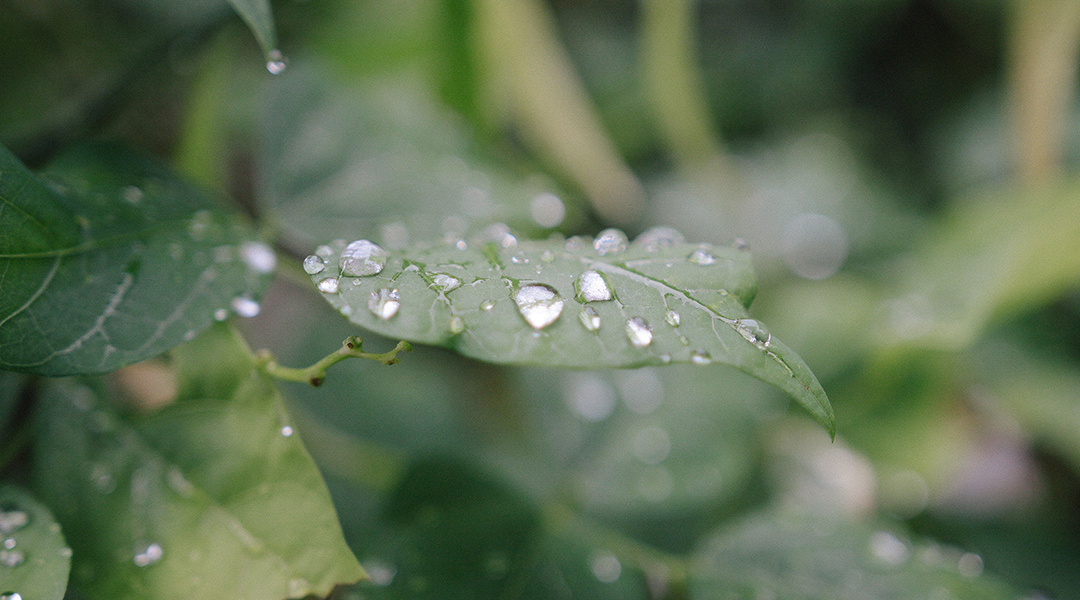
By accurately detecting moisture levels, this artificial leaf sensor could help increase crop yields while reducing the need for pesticides.
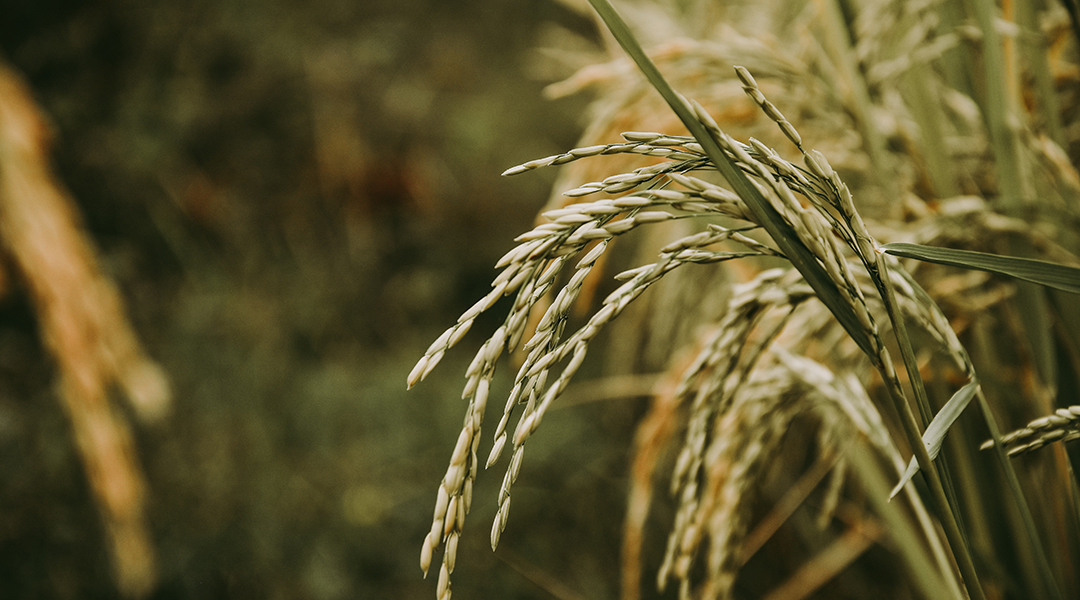
From soil to the seed, nanoplastics were shown to accumulate in rice and peanuts with potential affects on crop yield and nutrition.
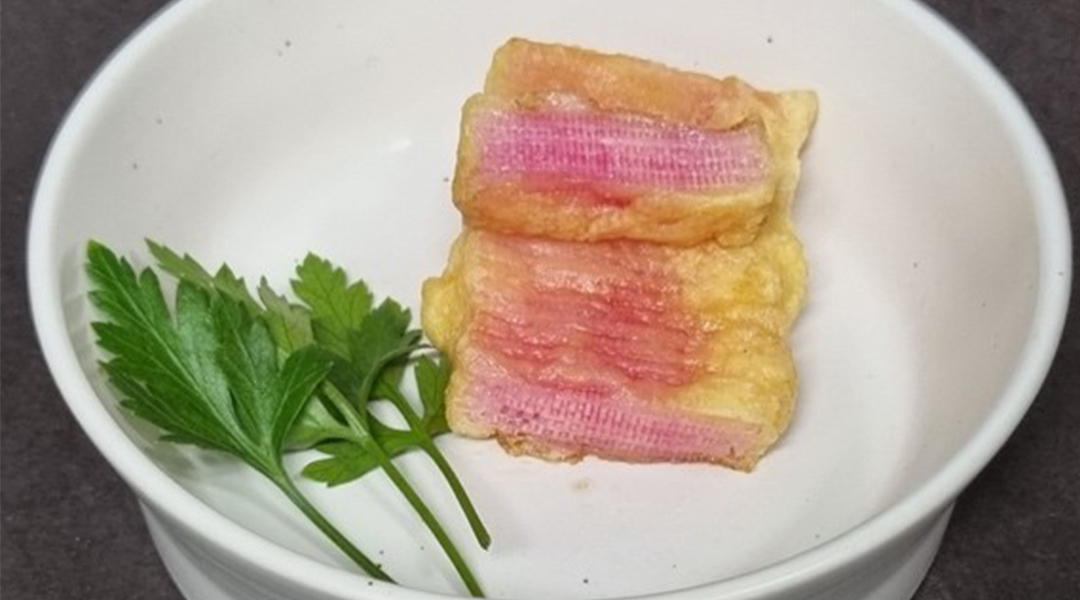
Making lab-grown meat with a new 3D-printing strategy that combines fat and muscle cells to make the perfect, artificial steak.
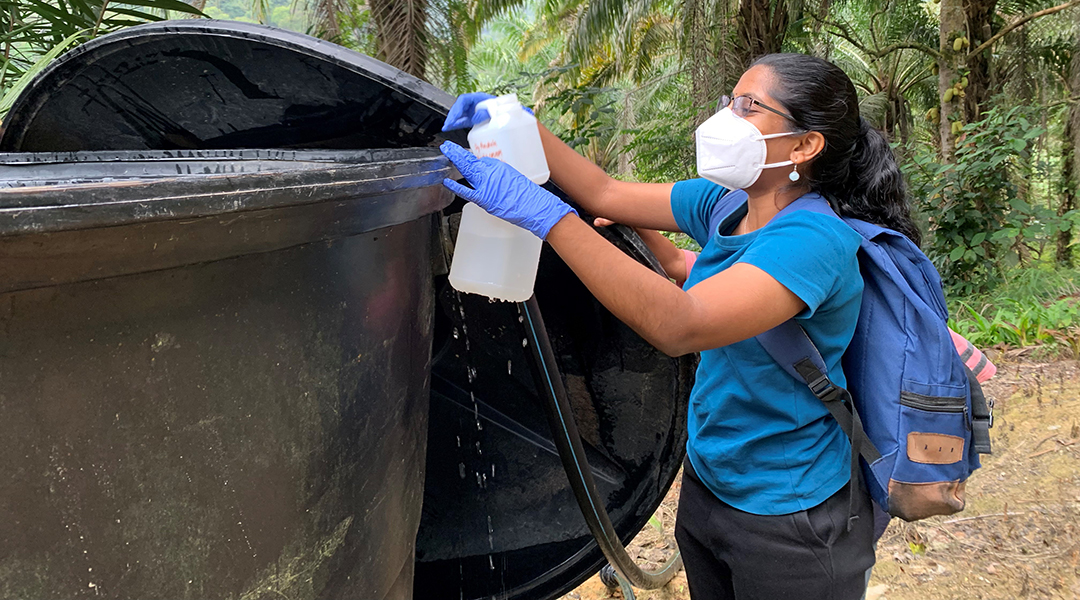
Water scarcity is not some far off consequence of the climate crisis. To overcome it, overriding our obsession with freshwater and embracing wastewater will be necessary.
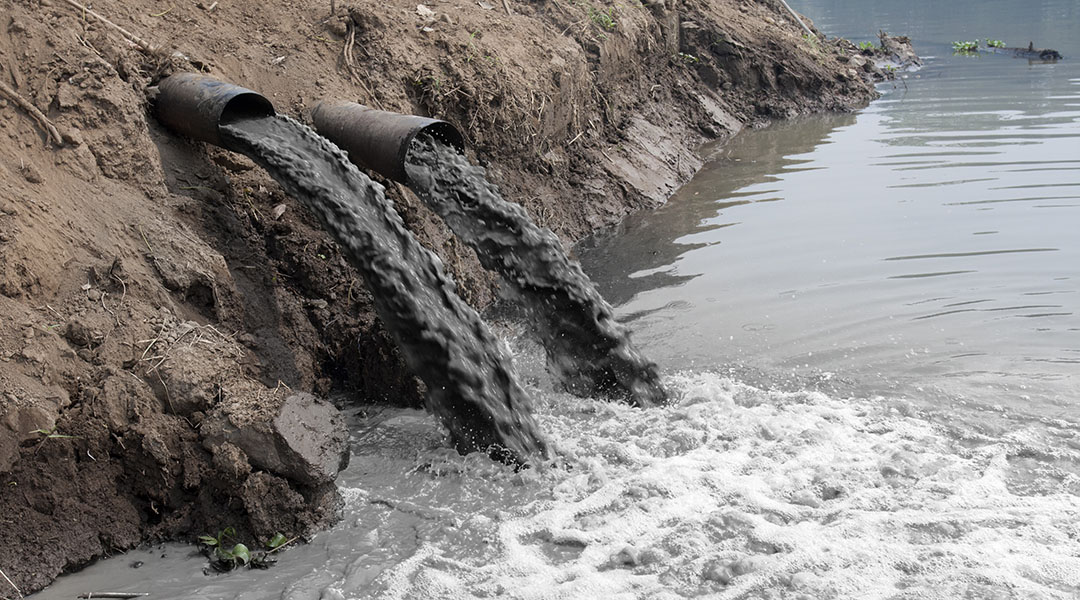
Brownmillerite, found in natural mineral deposits, could help disinfect water in resource-poor regions.